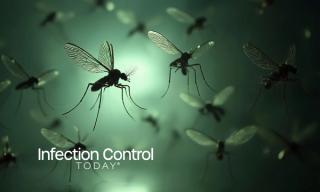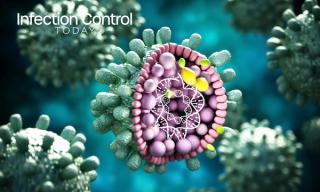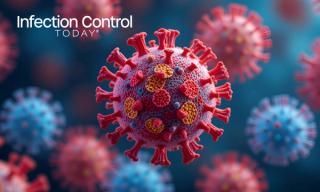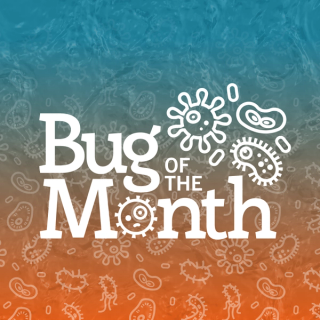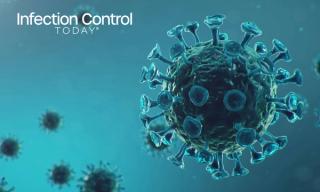
Prevention
Latest News
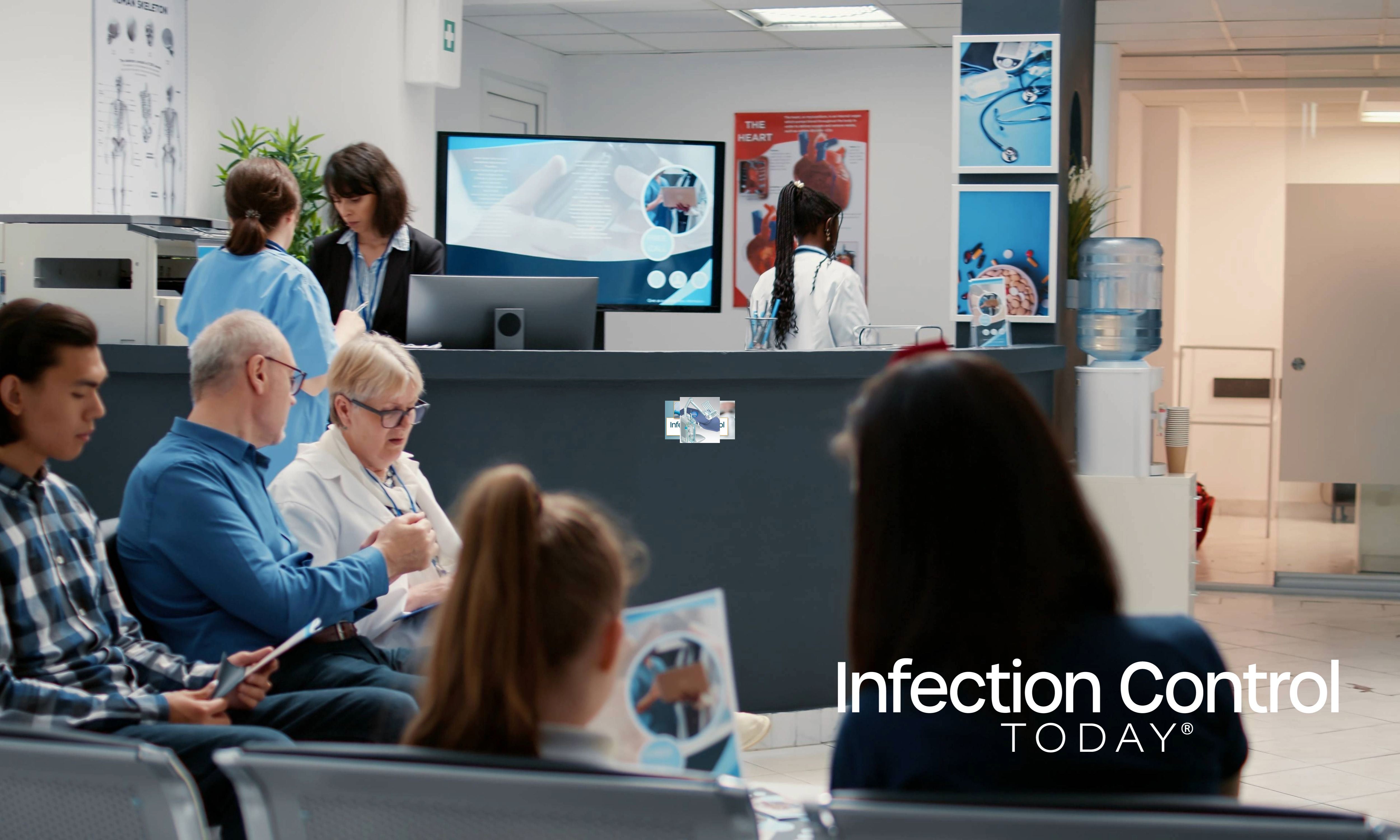
Latest Videos

More News

New IDWeek 2025 data show who C difficile kills most: White patients, women, and people in major metros—with most deaths tied to health care exposure—underscoring how basics and smarter antibiotics remain our best levers to cut mortality.
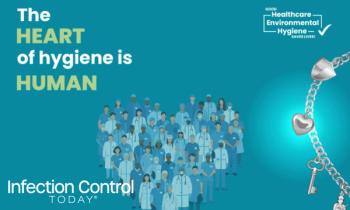
On October 20, hospitals worldwide will pause to highlight a vital truth we all know but seldom openly acknowledge: environmental hygiene saves lives. Clean Hospitals Day 2025 offers an opportunity to unite teams, appreciate the environmental services (EVS) professionals who ensure safe care environments, and establish lasting habits that endure well beyond the celebration.
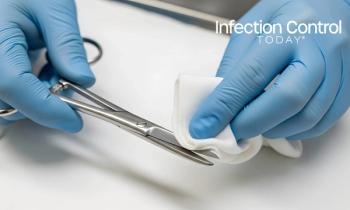
What is a day in the life of a sterile processing department technician like? Read this article by Hannah Schroeder, BSHA, CRCST, CHL, CIS, CER, to find out.

Candida auris is the pathogen that won’t take a hint—clinging to surfaces, nesting in biofilms, and outlasting rushed wipe-downs. Yet the chemistries potent enough to kill it can be punishing to people, devices, and environments. This piece tackles the tightrope: how to choose, use, and verify C auris effective disinfection without trading one risk for another.

This year’s Clean Hospitals Day (October 20, 2025) is themed Human Factors and Collaboration. Peters’ team has built free, multilingual toolkits—posters, social tiles, screensavers—“really highlighting the fact that environmental service workers are health care workers.”
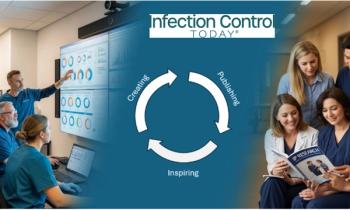
Join the APIC Research Network (free for APIC members), pick your level, and commit to one survey or collaborative project this year—research for IPs, by IPs. Your idea could shape tomorrow’s practice.

Clean Hospital's Next Chapter: Access, Collaboration, and a Global Push Ahead of Clean Hospitals Day
Get ready for Clean Hospitals Day on October 20. Join the low-cost facility network, nominate a hygiene champion, and bring one real-world challenge to the new expert working groups. Collaboration beats contamination.
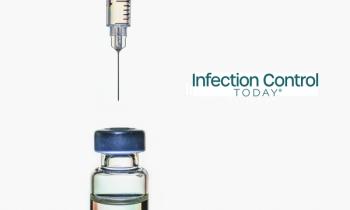
Open Vaccine Track, find your metro, and pick one move this quarter—close an access gap, copy a local success, or launch targeted outreach. Small, data-driven steps in the right ZIP codes can shift adult vaccination faster than statewide averages ever will.
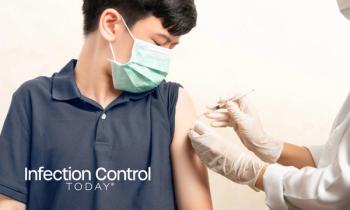
Fear of vaccine-related myocarditis is narrowing guidance, but the evidence is clear: COVID-19 infection triggers more myocarditis than vaccination, early doses cut pediatric long COVID, and myocarditis appeared in 2020—before vaccines existed. This piece restores the full risk–benefit picture.

Let’s make measles prevention visible. One quick huddle, one clear sign, one easy clinic—each move keeps families safe and confident.
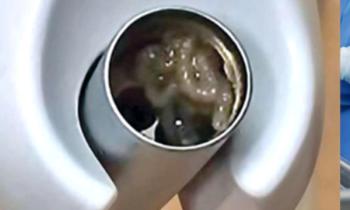
Hey Clean Biters! What’s flowing through your lines? Make DUWL safety automatic: appoint a Safety Officer, write a one-page SOP, treat daily, shock monthly, test quarterly, and document <500 CFU/mL. Grab the log—clean water, every patient, every time.

As ambulatory surgery centers (ASCs) expand into new specialties, sterile processing challenges can slow growth or halt operations entirely. Lifeline Surgical Partners—formerly Lifeline Vascular Care—found a scalable, cost-effective solution through offsite reprocessing, allowing their centers to maintain high-quality care while freeing clinical teams to focus on patients.

As the days get colder, with CDC’s school guidance, now is the time for schools to double down on air quality, hygiene, and infection prevention to protect students and staff.

Candida auris continues to challenge infection preventionists with its persistence, resistance, and potential for outbreaks. New evidence shows that early, expanded screening—beginning in the emergency department—may be the key to stopping transmission before it starts.
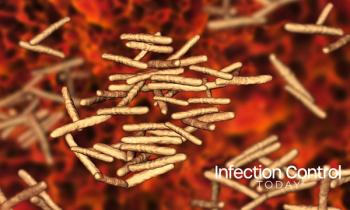
Recent advances in diagnostic techniques offer a rapid and accurate method for identifying nontuberculous mycobacteria species, potentially accelerating the diagnosis and treatment of infections.
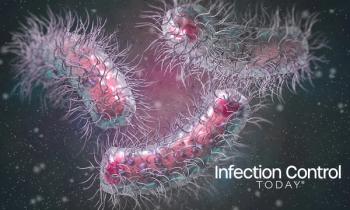
This is the second of a 2-part conversation with CDC epidemiologist Danielle Rankin, PhD, MPH, CIC. In this installment, she dives into practical infection prevention strategies, surveillance challenges, and the urgent need for mechanism-specific testing as NDM-CRE surges in US health care settings.

This is the first of a 2-part conversation with CDC epidemiologist Danielle Rankin, PhD, MPH, CIC. In this installment, she unpacks her study about the urgent rise of NDM-CRE and what infection preventionists need to know now.
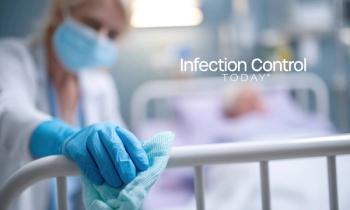
What if there were a new index to reduce exposure risks on high-touch facility surfaces? Read on to learn about one.

West Nile virus cases are 40% above average, but public concern is stagnant. IPs play a vital role in raising awareness and reinforcing mosquito-bite prevention.

International Infection Prevention Week is coming up from October 19 to 25. Read on to learn how to celebrate in your own facility!
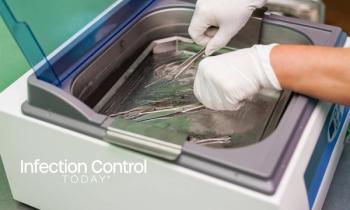
When traditional cleaning can’t reach hidden biofilm, ultrasonic cleaning steps in—delivering precision, safety, and efficiency across modern medical and dental care.

Designing a survey is both art and science. In this installment of From Concept to Impact, we share how we shaped questions to capture meaningful insights without overwhelming respondents.

A deadly Ebola outbreak has resurfaced in the Democratic Republic of the Congo, and while US risk remains low, the CDC and the WHO are urging the public and health care workers to stay on high alert.
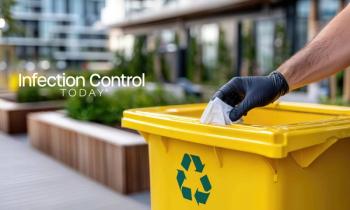
From patient safety to climate impact, infection preventionists are change makers. A new study highlights how IPs can champion sustainability without compromising infection control.
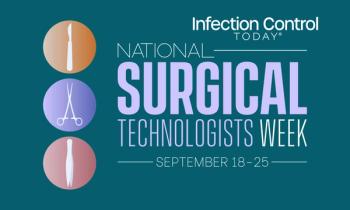
Sterile technique, specialized training, patient safety—Certified Surgical Technologists do it all. Learn how their role is evolving in today’s high-tech operating room.


